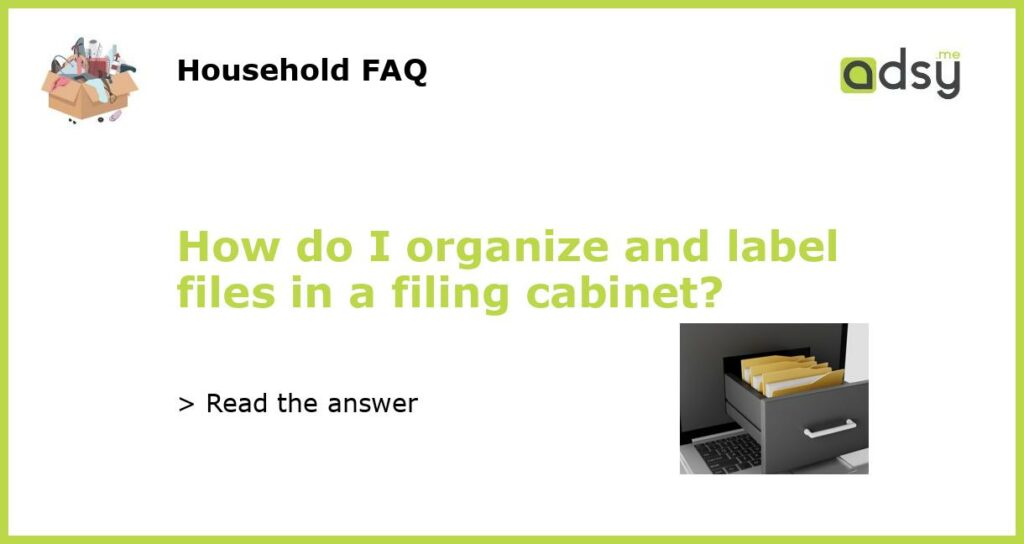Why Organizing and Labeling Filing Cabinets is Important
Filing cabinets serve as one of the most basic yet essential office equipment. They help keep track of important documents, records and other papers. However, with a lot of files to manage, it can be a nightmare to find a specific document when you need it the most. That’s why it’s crucial to keep your files organized and well-labeled. By doing so, you can save time, avoid stress, and streamline your work
Invest in an Appropriate Filing Cabinet
Before you start organizing and labeling your files, make sure to invest in an appropriate filing cabinet that can accommodate your needs. The size of the cabinet and the number of drawers it has will depend on how many files you need to store, so choose the appropriate type and size for your office space.
Create a Simple Filing System
The key to successful file management is creating a simple and easy-to-follow filing system. Consider sorting files by categories such as client names, project names, or any other relevant organization system. Make sure to also establish clear entry and exit points for your files, such as ‘To be filed’ or ‘Pending’ trays. This will help ensure that documents don’t get misplaced or lost.
Label Your Files Appropriately
Labeling your files appropriately is crucial for keeping track of documents and reducing confusion. Use clear, concise labels and avoid using unrecognizable acronyms or codes. To make things easier, color-coding your files can also be a helpful organizing tool. For example, you can use green labels for financial records that need to be kept for five years and red labels for confidential documents that can be shredded after two years.
Maintain Your Filing System Regularly
Maintaining your filing system is just as important as creating one. Make it a habit to regularly review, update, and purge your files. Old or irrelevant documents should be shredded or recycled, and new files should be properly sorted and labeled as they come in. By doing this regularly, you can avoid clutter and save yourself time and stress in the long run.






